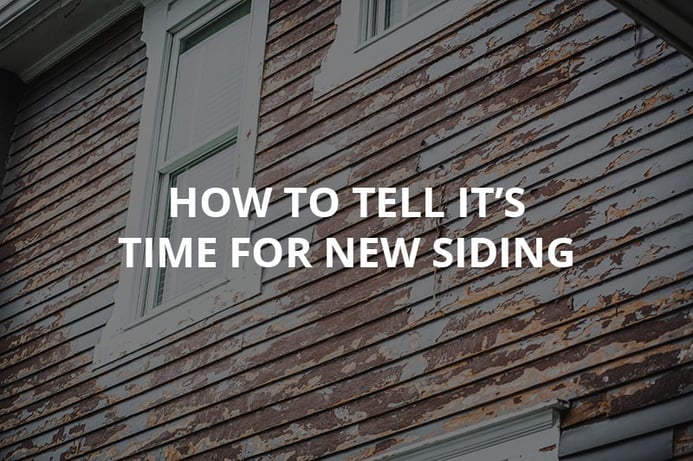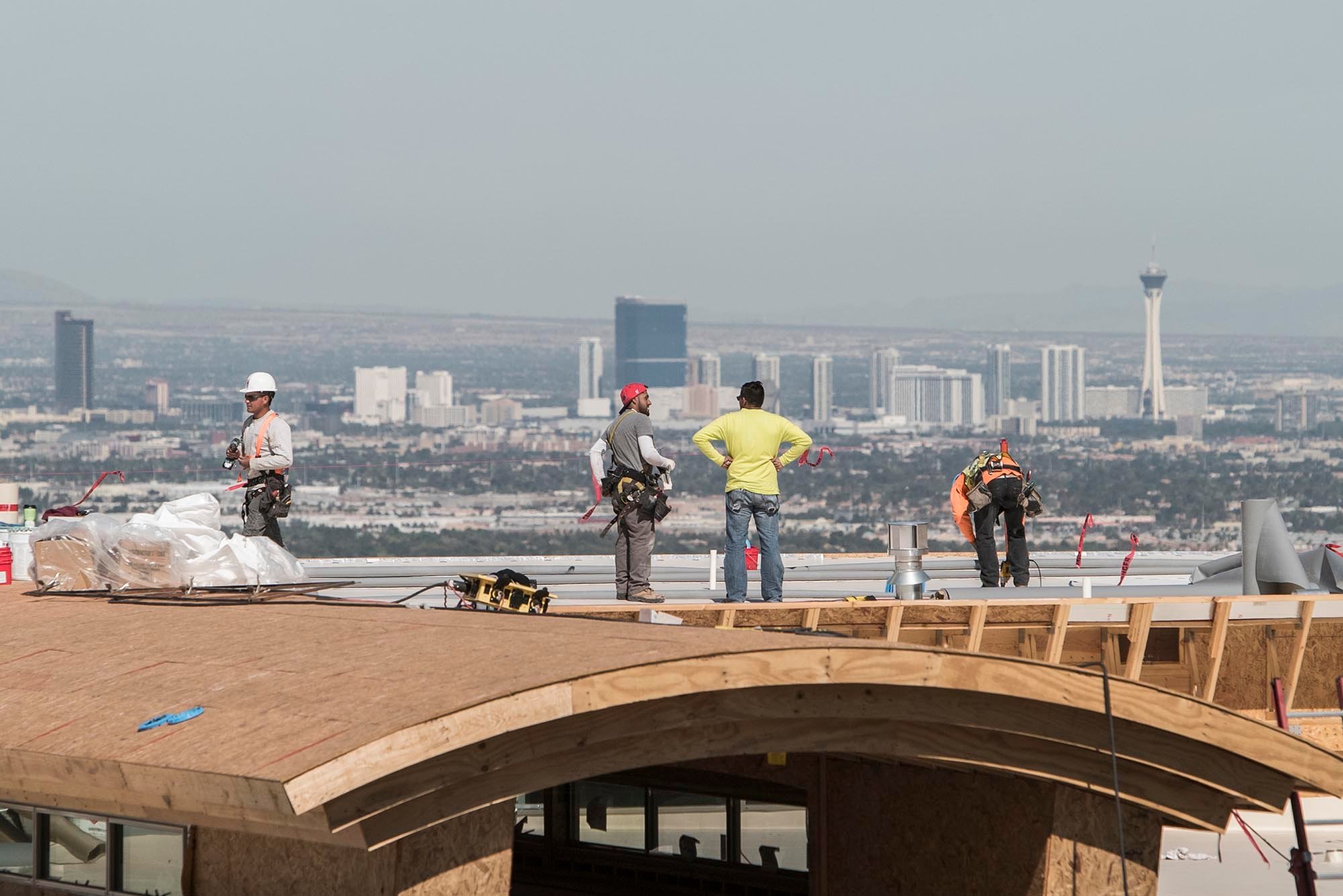
No matter what type of siding you have on your house, there’s no question that it will need to be replaced someday. For many people, the real challenge is identifying the signs that will tell them when it’s time for new siding. Regular inspections of your home’s siding is the first step to take if you want to catch problems early. This article will help you better understand more about siding and the warning signs that are so important to recognize during your inspections.
What is Siding and What Does it Do?
Siding is the protective material attached to the exterior side of a wall of a house or other building. Another term is wall paneling, which is a millwork wall covering constructed from rigid or semi-rigid components for both interior and exterior walls. There are many different types of siding materials. Some of the most commonly used materials include vinyl, aluminum, steel, wood, and stucco. Eco-friendly siding can lower your home’s power bills while reducing your impact on the environment.
How Long Does Siding Generally Last?
The length of life on your siding will depend on the type of material that was used. For example, aluminum siding can last 50 years on average, whereas wood usually lasts up to 20 years with regular maintenance. If you are interested in learning more about how long different siding materials will last, check out our blog post about that here.
When is the Best Time for New Siding?
When it comes to the timing of replacing your siding, the summer is often a great option. Not only will you have your home better prepared for the winter with new siding, but as long as you start well before monsoon season, you are less likely to run into bad weather that can cause lengthy installation delays.
It’s also important to note that if you are also considering new windows or doors, it’s best to replace siding, windows, and doors at the same time. In doing so, your contractor will be able to accurately install the trim capping that surrounds the windows or doors before putting on the siding. Capping is important, because it helps divert water away from the wall frame.
Benefits of Updating Your Siding
Updating the siding on your home will provide a variety of benefits, such as:
- Improves your home’s appearance
- Increases the home’s resale value
- Ensures the structural integrity of the house
- Helps with insulation and can lower HVAC bills
- Reveals hidden structural damage that needs to be fixed
- Reduces the amount of external maintenance in the foreseeable future
How to Tell Your Home Needs New Siding
With regular inspections of the exterior of your home, it’s easy enough to recognize when it’s time for new siding. Let’s take a look at some of the most common signs to be on the lookout for when you inspect the siding of your home.
Rot is Visible
Once rot spreads across the exterior of your home, it is very hard to fix without entirely replacing your siding. Rot can lead to serious moisture and mold problems inside your home. It’s important to start fresh with a new rot-resistant material that will keep your home safe.
Multiple Cracks
If you notice many cracks in your siding, that’s a major sign that your siding is not properly protecting your home. Cracks will easily let in moisture, leading to possible damage to the wood structure of your home. Cracks also make it easier for pests (like cockroaches) to enter your home. For these reasons, it is so important to replace your siding if you notice numerous cracks.
Energy Bills are Rising
If you don’t see any visible damage to your siding but you are experiencing a serious increase in your energy bills, there could be a hidden issue that needs further investigating. Older siding will wear down over time in a way that allows the outside hot and cold air to more easily make its way into the house. Updating to a newer material will greatly improve your home’s defense against the outside elements.
New Mold Inside Your Home
This is one of the signs that you may notice on the inside of your home. If mold appears on the walls of your home, there’s a good chance that water and moisture are getting through past your siding. Mold can cause serious health issues if not remedied. Replacing the siding of your home is a certain solution to rid your home of mold caused by intruding moisture.
Drastic Fading
If the color of your siding has drastically faded, there’s a good chance that the waterproofing protection is no longer doing its job. Painting your siding in this situation is a temporary solution that will not protect your home the same way as a full siding replacement.
Constant Upkeep and Maintenance
If you find yourself constantly needing to fix an issue with your siding, there’s a good chance that it’s time for your siding to be replaced. Many of these quick fixes will add up financially over time. With these small fixes, you also don’t get the full protection that comes with upgrading your siding.
The Process for Professionals to Install House Siding
Now that we’ve covered why it’s so important to get new siding if you see signs of trouble, let’s quickly run down the process that restoration companies will go through when installing house siding. The first list below consists of things that you can do yourself to help the process move smoothly along.
Prepping Your Home:
- Remove any big items that are up against your home. For example, this could be a grill, patio furniture, or potted plants.
- Remove any valuable items from your walls and shelves. The installation process may cause your walls to shake at times.
- For safety purposes, plan to keep pets and children in the home during the installation process.
Siding Installation Process:
- The old siding will be removed.
- The wall underneath the old siding will be analyzed to see if any further repairs need to be made.
- Insulation will be added or completely replaced in areas where it is needed.
- The new siding will be installed.
Does Your Home Need New Siding? Contact The Original Roofing Company for a Free Estimate!
If you notice any of the above-mentioned warning signs that your home’s siding is in need of replacement, the next best step is to get a professional assessment of your home. Contact us today to learn more about the siding options that are available for your home and within your budget.





